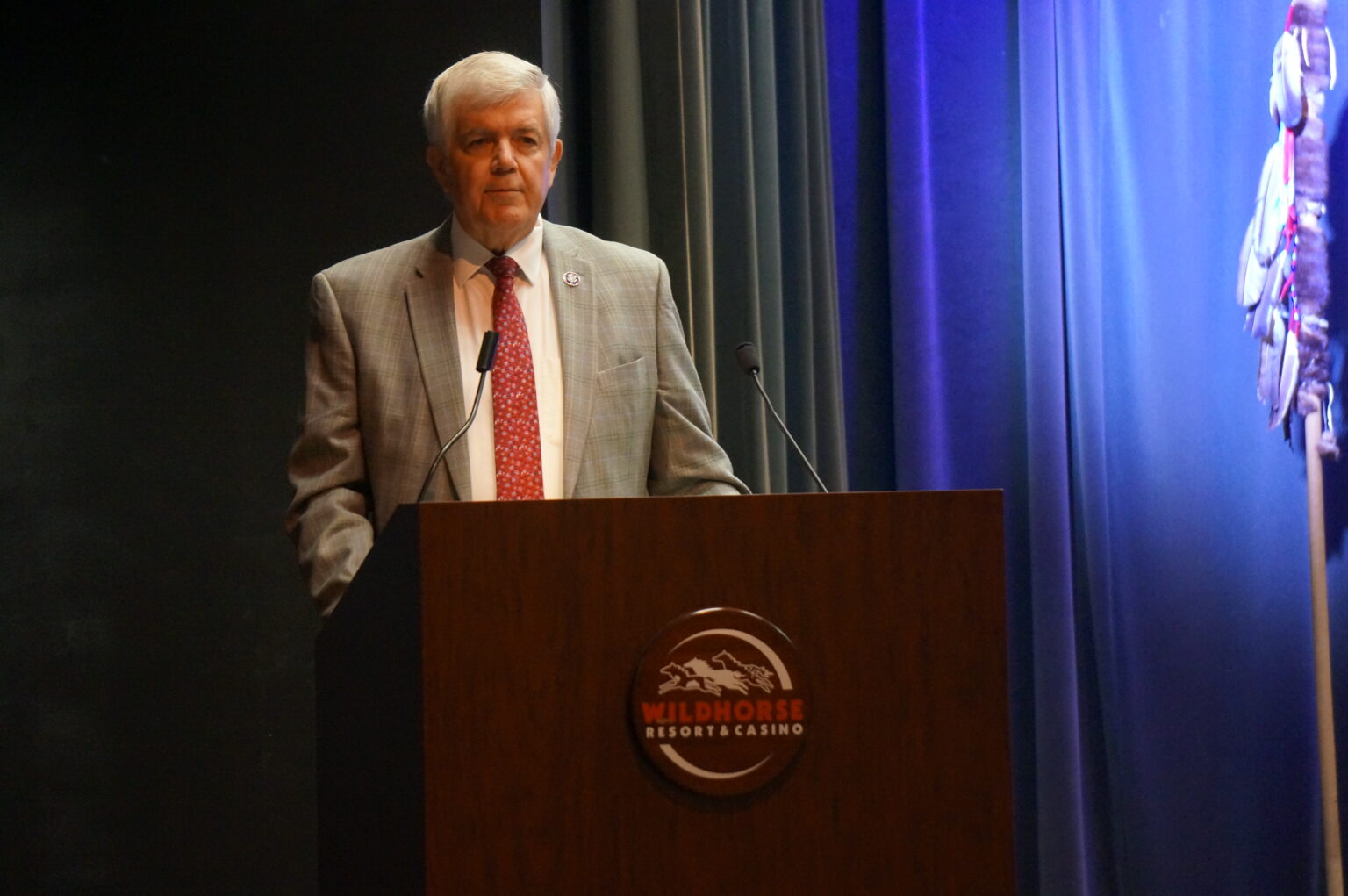EDITORIAL: City should make use of ambulances
Published 12:00 pm Monday, November 6, 2023
Baker City Fire Chief Todd Jaynes’ proposal to make limited use of the city’s two remaining ambulances is sensible.
Trending
Jaynes wants to dispatch ambulances, staffed by contract rather than city employees, to large wildfires across the region at the request of fire managers.
He also hopes to have a city ambulance available to respond to local calls when the county’s contracted ambulance provider, Metro West, is handling other emergencies.
Jaynes has asked Baker County commissioners to endorse his proposal. Commissioners are responsible for approving ambulance providers in the county, and their support is necessary if the city is to obtain a license from the state.
Trending
The basic idea is that the city would have contracted employees — not regular fire department staff — to take an ambulance to major wildfires. The agency responsible for the fire — typically a federal or state agency — would pay the city for providing the ambulance. The city would keep half the revenue, with the other half paying the contracted employees.
The other part of Jaynes’ proposal is to dispatch a city ambulance for local emergency calls, with fire department employees operating the ambulance, when Metro West’s ambulances aren’t available. The city would bill the patient for those calls.
Until the middle of 2022, the city fire department was the sole ambulance provider for a service area that includes the city and about 70% of the rest of the county (not including the southeast corner around Huntington, or the eastern part of the county including the Richland and Halfway areas, each of which has its own ambulance provider).
Firefighters, who are also paramedics or EMTs, spent much more time in ambulances than in fire trucks, as ambulance runs typically accounted for about 80% of the department’s activity.
The Baker City Council made an ill-conceived decision in 2022 to discontinue ambulance service, persuaded by then-city manager Jonathan Cannon’s contention that the city could not continue to afford operating ambulances.
The decision was a debacle in multiple ways.
Financially, the city gave up about $1 million in annual revenue from ambulance billing but cut the fire department budget by only about half that much compared with the 2021-22 fiscal year, the last in which the department operated ambulances throughout the year.
Perhaps even more damaging, the elimination of ambulance service, which firefighters had campaigned against, contributed to a wave of resignations in 2022 and early 2023 that so depleted the department that on several days this summer there were no firefighters assigned to shifts.
The city has hired several firefighters since, but the department, lacking ambulance revenue, lacks the firefighting capability it had had for decades. The budget for the current fiscal year, which started July 1, includes a workforce of 11.6 full-time equivalents, down from 16.25 in 2021-22.
The limited revenue the city could realize through Jaynes’ proposal won’t rebuild the department.
But with the city facing a shortfall in its general fund, which includes the fire and police departments, for the fiscal year that starts July 1, 2024, any new revenue is welcome.
It would also be gratifying to see the city make use of ambulances it already owns, and in the process potentially add some revenue to the general fund.









